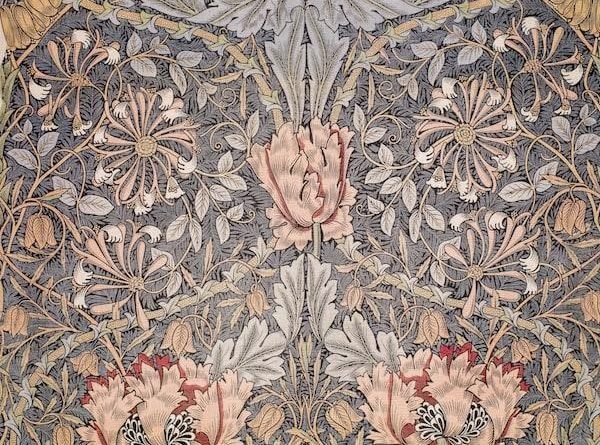A History of Tapestries: From Their Origins in Medieval Europe to Their Modern-Day Resurgence in Popularity
A tapestry is a form of textile art, traditionally woven on a loom. Tapestries have been around since the Middle Ages, and their popularity has seen a resurgence in recent years. Keep reading to learn more about their history.
The Origin
The art of tapestry was born in the medieval period in Europe. The craft was used to decorate the walls and ceilings of churches and castles with scenes from the Bible and mythology. They were often commissioned by wealthy patrons, and the best weavers would create masterpieces that were highly sought after. The most famous ones from the medieval period are the Bayeux Tapestry, the Wilton Diptych, and the Lady and the Unicorn. The Bayeux Tapestry is a 230-foot-long embroidery that tells the story of the Norman Conquest of England in 1066. The Wilton Diptych is a painting on two wooden panels that were made for King Richard II of England in the 14th century. And the Lady and the Unicorn is a set of six that is considered to be one of the finest examples of medieval tapestry in the world. Tapestry in the 13th century was a very popular and important form of art. Many were commissioned by kings and queens, and they were often used as diplomatic gifts. They were also used to decorate churches and other important buildings.
The 15th Century

Tapestry in the 15th century was a very important art form. It was used to depict stories from the Bible, as well as scenes from mythology and history. In the 15th century, they were typically commissioned by wealthy individuals and were often made as part of a set. The techniques used to make them in the 15th century evolved over the course of the century. Early in the century, they were typically made using a cartoon, which was a drawing of the image that would be depicted on the tapestry. The cartoon was then used as a guide for the weavers. Later in the century, they began to be made using a loom, which allowed for a more detailed and realistic depiction of the image.
The 16th Century
Tapestry production in the 16th century followed the same general patterns as it had in the previous century. However, there were some notable changes. For one, tapestry production became more centralized. The most famous tapestry workshops were in Brussels and Arras, both in what is now Belgium. This led to more standardized designs and production techniques. Tapestry production also became more expensive in the 16th century. This was in part due to the introduction of new techniques, such as the use of oil painting, but also due to the increasing demand for them.
The 17th Century

The tapestry industry in the 17th century was a thriving business, with new designs and techniques being developed all the time. Many of the great ones of the period were commissioned by royal families and other wealthy patrons, and are now considered priceless works of art. One of the most famous tapestry artists of the 17th century was Jan Vermeer, whose beautiful “The Milkmaid” was created in 1658. Vermeer’s are characterized by their realism and attention to detail and are considered some of the finest examples of the genre. Another well-known tapestry artist of the period was Peter Paul Rubens, who created a number of stunning works including “The Triumph of the Winter Queen” and “The Rape of the Daughters of Leucippus”. Rubens’ ones are noted for their dramatic and often erotic scenes, which were highly popular with the nobility of the time.
The 18th Century
Tapestry began to die off in the 18th Century. The shift from hand-woven ones to printed fabric led to a decline in the art form. Tapestry production became more expensive and time-consuming, and the demand for them decreased.
Today
The revival of interest in the tapestry in the 20th century can be attributed to a number of factors. Firstly, the development of new technologies and materials such as synthetic dyes and plastics made tapestry production more affordable and accessible than ever before. Secondly, there was a renewed appreciation for traditional crafts and art forms during the Arts and Crafts Movement of the early 20th century, which led to a resurgence in tapestry weaving. Finally, many notable artists began working in tapestry during this time, including Pablo Picasso, Henri Matisse, and Joan Miró.
The popularity of tapestry has continued into the 21st century, with contemporary artists such as Bill Traylor and Kiki Smith creating innovative new works using the medium. Tapestry has also become increasingly popular as a decorative element in interior design, with companies like Anthropologie offering a wide selection of handmade tapestry options for sale.
Overall, this is an important guide because it provides a comprehensive tapestry history. It covers the origins of them in medieval Europe and their resurgence in popularity in the modern day. Overall, the guide is an important resource for anyone interested in beautiful decor.




